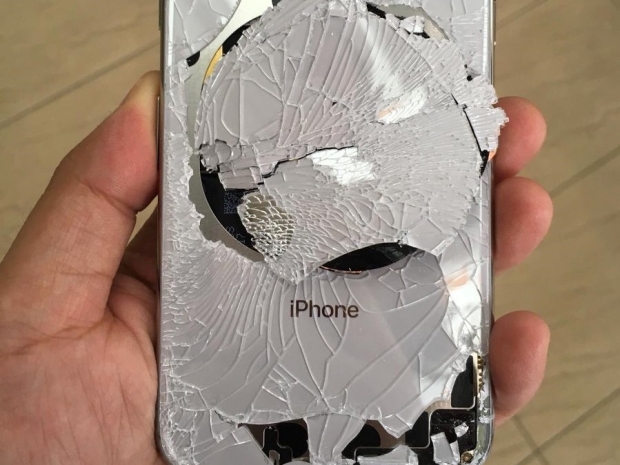Apple said it had found some issues affecting some of its iPhone X and 13-inch MacBook Pro products and said the company would fix them free of charge.
However, this is the latest in a string of product quality problems over the past year which Apple appears to have resolved by raising prices. Its top end iPhones now sell for as much as $1,449 and its best iPad goes for as much as $1,899.
The iPhone X, which came out in 2017 with a starting price of $999, may experience touch issues due to a part failure, and Apple said it would replace those parts for free.
The company said it only affects the original iPhone X, which has been superseded by the iPhone XS and XR released this autumn.
The screens on affected phones may not respond correctly to touch or it could react even without being touched, the Cupertino, California-based company said.
The 13-inch MacBook Pro computers, it said have a bug which may result in data loss and failure of the storage drive. Apple said it would service those affected drives.
Apple insists that only a “limited number” of 128GB and 256GB solid-state drives in 13-inch MacBook Pro units sold between June 2017 and June 2018 were shonky.
This time last year Apple began a massive battery replacement program after it conceded that a software update intended to help some iPhone models deal with aging batteries slowed down the performance of the phones.
In June, Apple said it would offer free replacements for the keyboards in some MacBook and MacBook Pro models. The keyboards, which Apple introduced in laptops starting in 2015, had generated complaints on social media for how much noise they made while typing and for malfunctioning unexpectedly.
Apple changed the design of the keyboard this year, adding a layer of silicone underneath the keys which according to some people failed to fix the problem.

